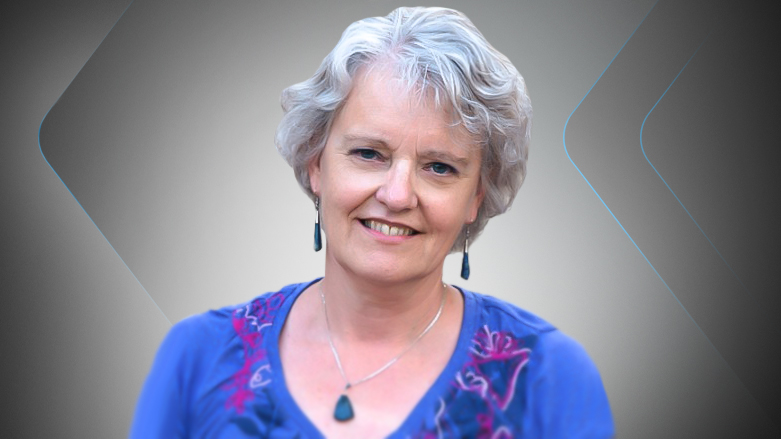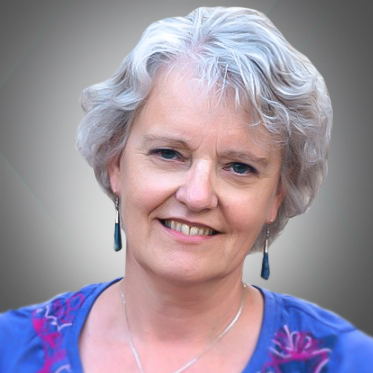Find the lost Ezidi kids within IS families

The 9-year-old girl tried very hard to hide her face. It was not because of me; the Yezidi (Ezidi) girl did this every time a stranger came to see her after she had been saved from the Islamic State (IS) family that kept her. She hid her face because she feared her time had come to be sold into sexual slavery, just like she had, every moment of her three years in captivity.
Dalia is back with her father but has forgotten their communal language, and now only speaks Arabic. The years of abuse, fear, and witnessing the unheard of have damaged her, just like hundreds of other Ezidi children in the hands of the militant group.
Like them, Dalia was abducted when IS invaded the Ezidi province of Sinjar (Shingal) in August 2014, kidnapping some 6,500 Ezidis, most of them women and children, and killing thousands. Since then, not even half of those who IS took into slavery have been liberated or were able to escape.
Even with the liberation of IS’ Iraqi strongholds of Mosul and Tal Afar, only dozens of those still missing were found. As Ezidi women become commodities, for they can now be sold for thousands of dollars, they were taken to Syria with the retreating IS fighters. And, the children that were saved recently, had been hidden inside IS families. Like Dalia, who was found after a tip off, in the former IS stronghold of Shargat, where a woman kept her and another young Ezidi girl.
After capturing the Ezidi children, IS had split them according to age. The boys over 8-years-old were sent to training camps, and later to the front lines and on suicide missions where most of them were killed. The younger ones were given to families loyal to IS, to be raised as Muslims. The same happened to the younger girls, like Dalia, while girls over 9-years-old mostly became victims of sexual slavery.
Hundreds of children are still missing, and many will have no choice but to stay with the family that took them in. They cannot raise their voice and tell the world who they really are.
Many could be with their new “parents” at the Internally Displaced Persons (IDP) camps outside the city of Mosul. It was not until I interviewed a Turkmen family in one of the camps that I realized how many children might be there without any of the aid workers having a clue about it.
The woman I talked to had clear bonds with IS. One of her sons had joined and gotten killed, another was missing, and the third one in prison in Baghdad for affiliation with al-Qaeda.
Some things were odd, like the 12-year-old daughter that had been married off and was holding on to a baby. The woman kept referring to it as her own child, but was she not a bit old for this new born? And, how about the three young boys that were all about the same age?
The most striking was the fact that when asked about the number of children she had, the woman had to count them to be able to answer: five daughters and nine sons. Which mother does not know by heart the number of children she has birthed? So, could it be that some of those kids were not hers but Ezidis given to her to raise as Muslims?
How many families like this are there in the camps, and in the towns and villages outside Mosul that they returned to? How many were hiding their crime in plain sight?
I am not saying all IDP families are hiding Ezidi children, but some affiliated with IS probably do. I am also not saying that all look after them badly. But, even so, the kids should get the chance to be reunited with their families, and the suffering should end.
That is why I am calling on aid organizations and anyone working with the IDP communities in Iraq to recognize this problem. And, to keep an eye out for Ezidi children within IS families and report any possible case so it can be investigated.
The Ezidi community in Iraq is desperately looking for their missing loved ones and needs help to find them. Baba Sheik’s recent call to the world to “seriously” help find the missing and lost children needs to be heard. For the kidnapped Ezidis, there has never been any military liberation missions, and the fact over 3,000 were able to escape is mainly thanks to Ezidi liberators and their networks.
The least we can do is help search for the lost children before they disappear forever, assimilated in a Muslim society where they do not belong and may well grow up as troubled persons.
Judit Neurink is a journalist and author from the Netherlands, a specialist on the Middle East who has been living and working in the Kurdistan Region since 2008 and set up a media center in Sulaimani to train journalists. She works for Dutch and Belgian newspapers, radio, and TV as well as international media. She has written seven books, all connected to the Middle East, among them a novel about the Jews of Kurdistan. The most recent ones focus on the Islamic State group.
The views expressed in this article are those of the author and do not necessarily reflect the position of Kurdistan 24.
Editing by Karzan Sulaivany
